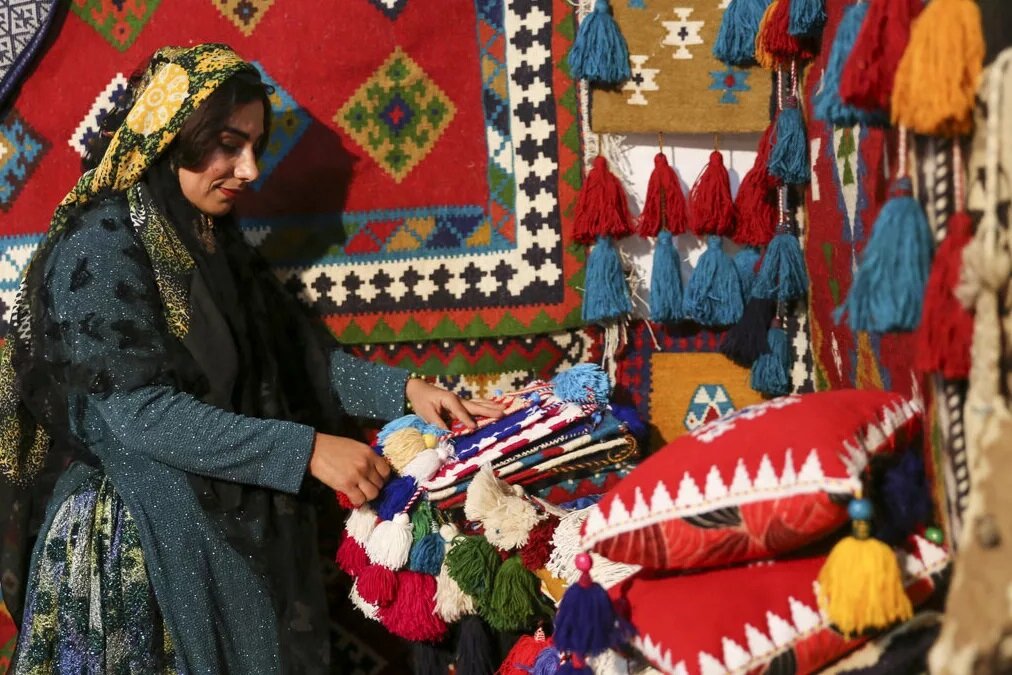30% of Iran’s handicrafts made by nomadic communities

TEHRAN – Some 30% of Iran’s handicrafts are produced by its nomadic communities, according to Mojtaba Mizban, the deputy of infrastructure development at the Nomads Affairs Organization of Iran.
Currently, 251,000 nomadic households live across 59% of Iran’s geographical area, contributing significantly to the country’s cultural and economic landscape, the official added.
The official made the remarks during the inauguration ceremony of several nomadic-related projects in Qazvin province.
Mizban also highlighted what he called the significant potential of nomadic communities in the production of medicinal plants and traditional dolls, emphasizing the need for initiatives to empower them and establish value chains for these products.
“Nomadic women are a key part of the economic activities within their communities,” Mizban said.
Efforts are underway to implement significant economic programs aimed at supporting these women through collaborations between nomads and governmental organizations, the official explained.
The nomadic nature of life in Iran is predominantly structured around patriarchal systems, with marriages often occurring among relatives or occasionally with external tribes to resolve conflicts or bolster tribal alliances.
Iranian nomads predominantly inhabit provinces like Fars, Chaharmahal-Bakhtiari, Khuzestan, and Isfahan, migrating between winter quarters in steppes and summer quarters in mountainous regions.
For those seeking cultural immersion, spring and summer offer optimal opportunities to visit nomadic tribes, each boasting its unique lifestyle, cuisine, customs, and musical traditions.
AM
Leave a Comment